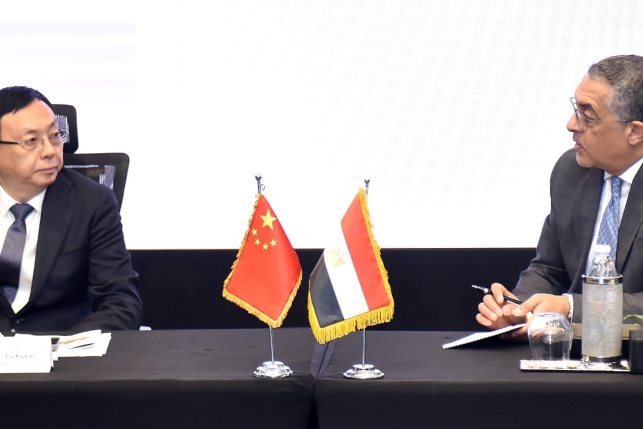Egypt’s PMI hits 49.0 in the last month of 2021 with reduced price pressures
This marks June’s 49.9 as the highest recording on the PMI for 2021

In the final month of 2021, Egyptian non-oil businesses witnessed price pressure slightly relaxing, with weaker climbs in purchasing costs and salaries leading to “the greatest slowdown in input cost inflation for over three years.”
Egypt’s IHS Markit Purchasing Managers’ Index™ (PMI™) recorded at 49.0, its highest in the last 4 months after recording 48.7 in November.
This marks June’s 49.9 as the highest recording on the PMI for 2021.
According to IHS Markit, local business activity moved towards stabilization in December 2021, after November’s numbers remained static post-three consecutive months of contraction, but pointed out that price increases and weak demand continued to slow new orders.
Business expectations ticked up from November but remained at a relatively subdued level.
"The latest Egypt PMI gave increased confidence that inflationary pressures peaked earlier in the fourth quarter and are now beginning to soften,” said David Owen, Economist at IHS Markit.
“Firms highlighted a weaker impact from raw material costs as step-downs in global commodity prices helped suppliers to adjust their own fees,” he added.
Non-oil companies’ confidence continues to be subdued despite improving price signals, with around 23% of those surveyed giving a positive outlook. IHS Markit noted that hopes of a recovery from the pandemic conflicted with concerns about the Omicron variant and the impact of high prices.
According to their report, this coincided with employment decreasing at Egyptian companies, with lower sales slowing hiring activity. However, the rate of job reduction was softer than in the previous month and largely driven by decisions to not replace voluntary leavers, it added.
“That said, higher selling prices continued to hinder new business volumes, which declined for the fourth month in a row. Output also fell, although the sub-index ticked closer to the 50.0 stabilization mark and was above its long-run trend,” Owen added.
“Lastly, there was a renewed increase in purchasing activity at the end of the year. Some firms cited efforts to bolster their stocks, although supply delays and outstanding orders meant that inventories were drawn down for the fifth month running,” it concluded.





